As the temperatures drop and daylight diminishes, gardeners face a new challenge: protecting container plants from harsh winter conditions. Unlike in-ground plants, container plants are more vulnerable to cold because their roots are exposed to air and prone to freezing. Proper winterization ensures your plants survive the cold months and return healthy and vibrant in spring.
This article explores why winterizing container plants is essential, step-by-step methods for protecting them, and tips for maintaining plant health throughout the winter.
Why Winterizing Container Plants Is Important
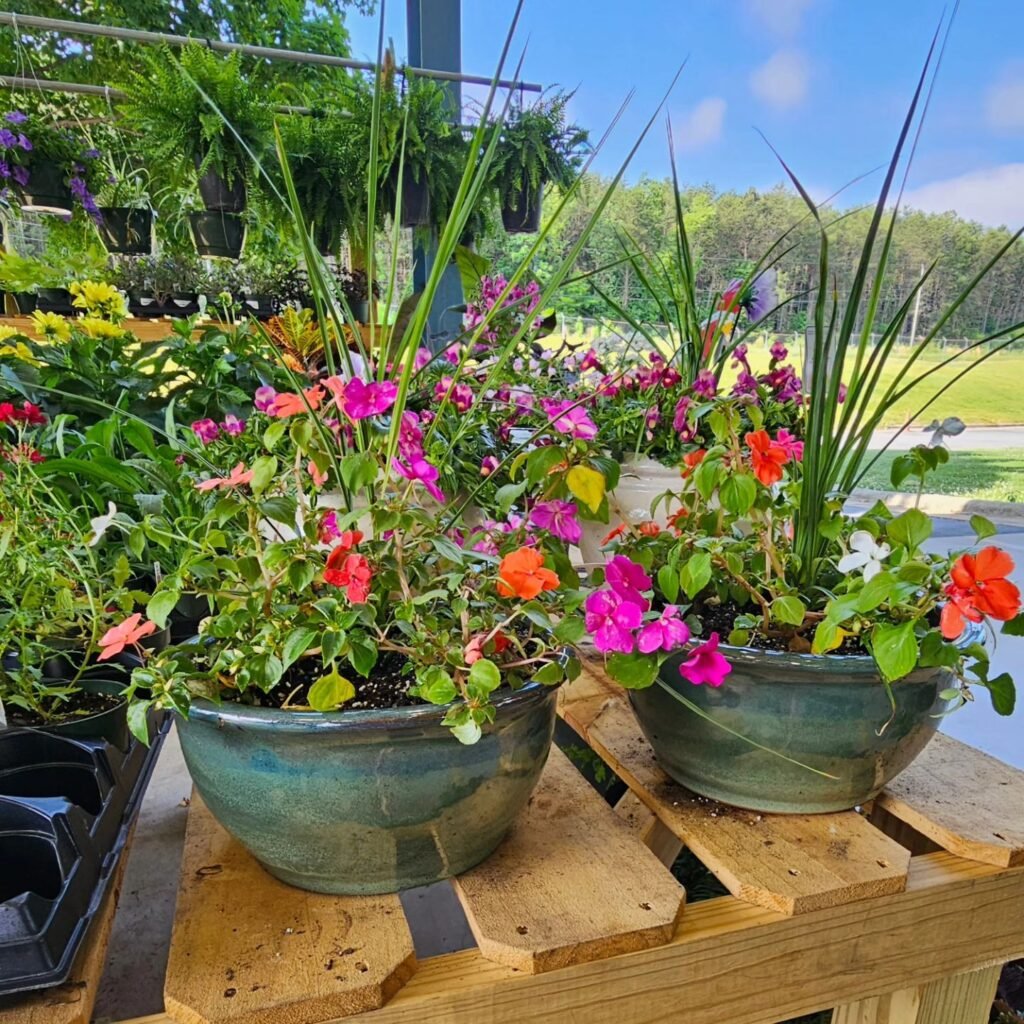
Container plants face unique challenges in winter:
- Exposed Roots: Roots in containers are not insulated by the ground, making them more susceptible to freezing.
- Limited Soil Volume: Smaller root systems are more affected by cold than extensive in-ground roots.
- Wind and Frost: Containers can be blown over or suffer from frost damage more easily.
- Moisture Fluctuations: Water in containers freezes more quickly, which can damage roots and soil structure.
Without proper protection, cold-sensitive plants may die, suffer from stunted growth, or fail to bloom the following season. Winterizing helps reduce stress, preserve soil health, and maintain plant vitality.
Step 1: Assess Your Plants
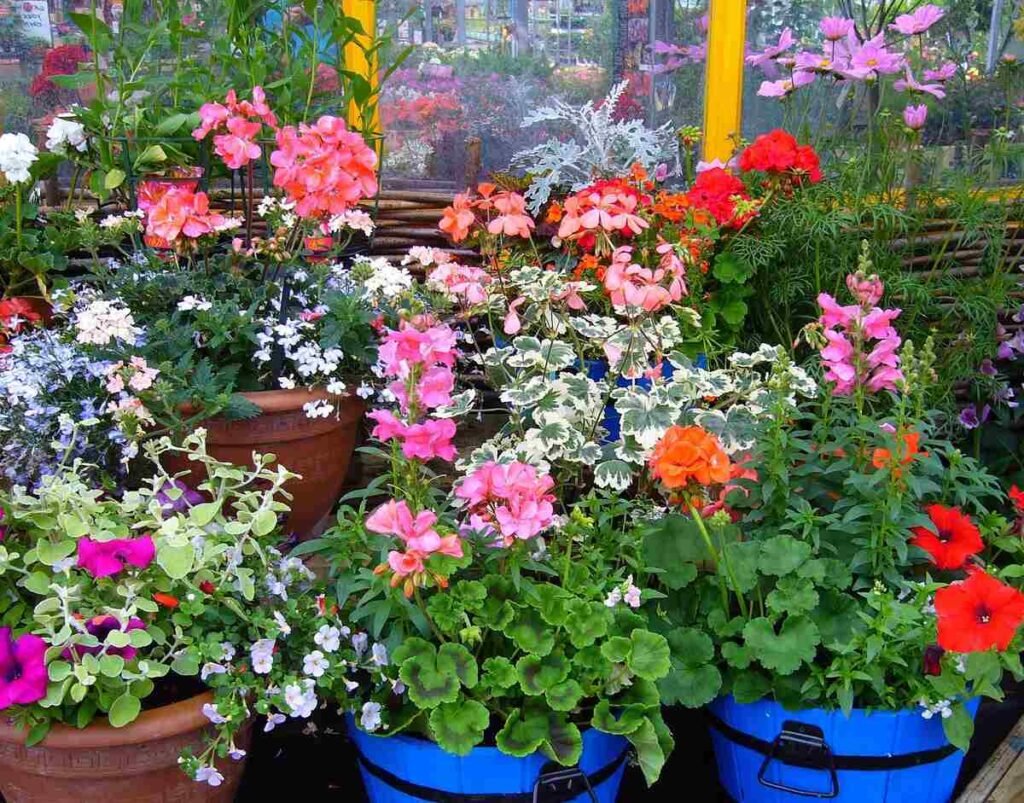
Before winter arrives, evaluate your container plants:
- Hardy vs. Tender: Identify which plants can tolerate frost (like conifers, pansies, or kale) and which are sensitive (like citrus, herbs, or tropical ornamentals).
- Plant Size and Container Type: Large, insulated containers may require less protection, while small or lightweight pots need more care.
- Growth Stage: Plants that are actively growing may need additional care compared to dormant or slow-growing plants.
Tip: Keep a plant inventory to plan which need indoor relocation, added insulation, or pruning.
Step 2: Watering Before Winter
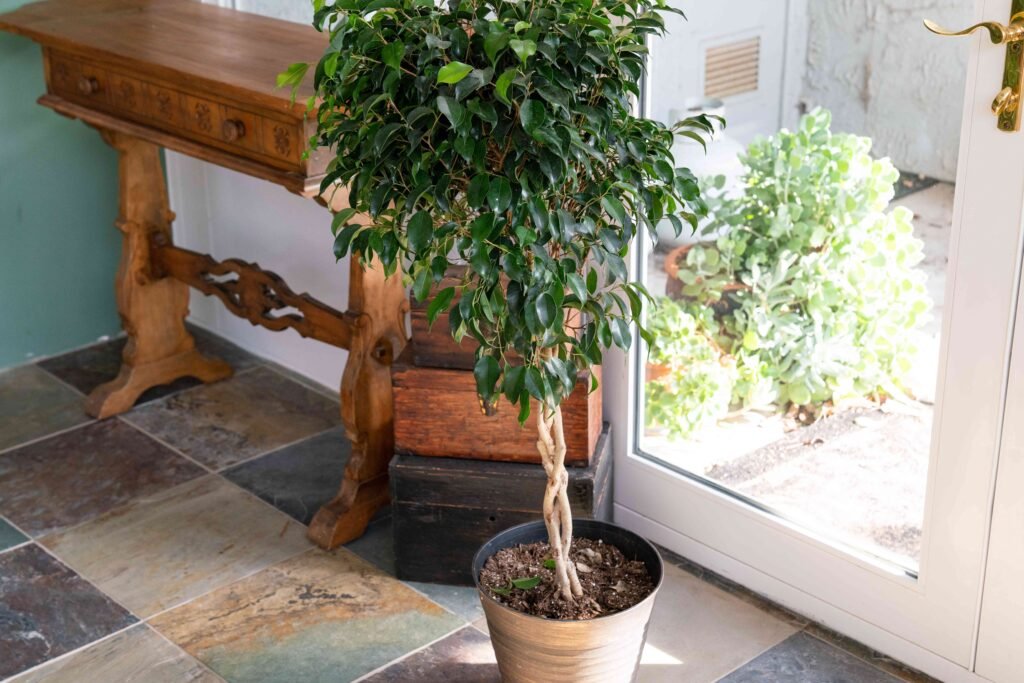
Watering is a critical step in winter preparation:
- Moist Soil Protects Roots: Well-hydrated roots are more resilient to freezing than dry soil.
- Avoid Waterlogging: Excess water can freeze and expand, damaging root systems.
Watering Tips:
- Water thoroughly a day or two before temperatures drop below freezing.
- Monitor soil moisture throughout fall; reduce watering gradually as growth slows.
- For indoor overwintering, maintain slightly moist soil to prevent desiccation.
Tip: Avoid watering on extremely cold nights, as frozen water can damage roots.
Step 3: Insulate Containers
Insulating the container itself is as important as protecting the plant:
Materials for Insulation:
- Bubble Wrap: Wrap around the container to retain heat
- Burlap or Frost Cloth: Protects pots and plants from wind and frost
- Mulch or Straw: Apply a thick layer on top of the soil to retain warmth
- Expanded Polystyrene or Styrofoam Sheets: Line the container exterior for extra insulation
Container Placement:
- Move containers to sheltered areas such as a garage, porch, or near a south-facing wall.
- Avoid placing pots directly on cold concrete; elevate them with bricks or plant stands to reduce frost exposure.
Tip: For very sensitive plants, consider double-container insulation—place the pot inside a larger pot with straw or leaves between them.
Step 4: Pruning and Deadheading
Pruning and deadheading before winter helps reduce stress and prevent disease:
- Remove Dead or Diseased Foliage: Reduces risk of fungal infections during wet winter months.
- Prune Long or Leggy Growth: Makes plants more compact and easier to insulate.
- Deadhead Flowers: Prevents energy waste on seed production.
Tip: Avoid heavy pruning on plants that bloom in spring; instead, remove only damaged or weak growth.
Step 5: Move Plants Indoors or to Protected Locations
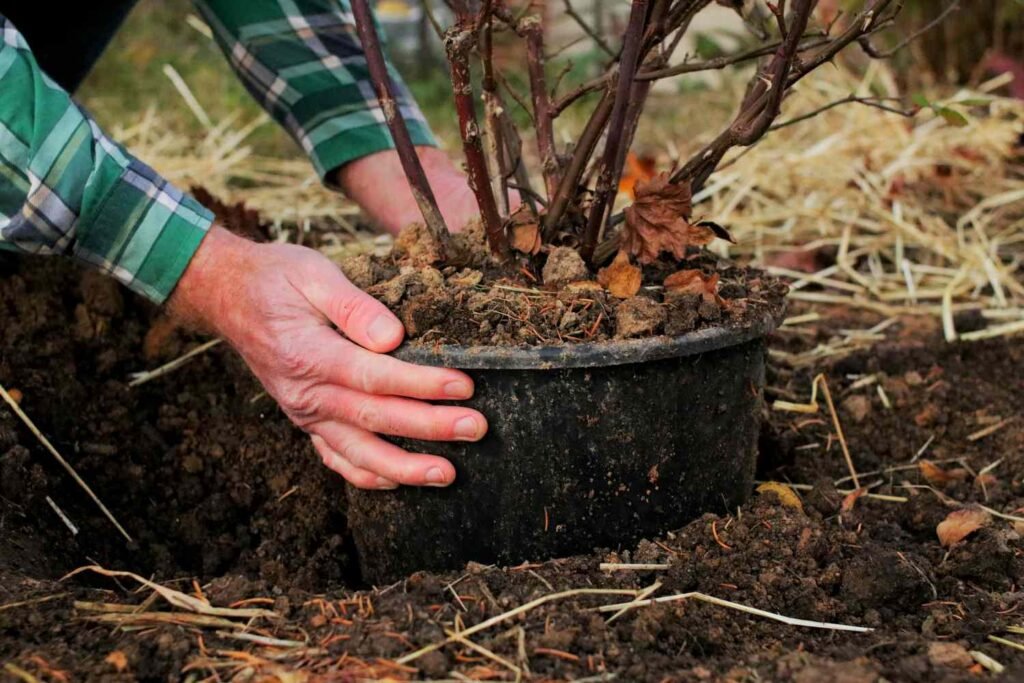
Some container plants cannot survive outdoor winter conditions and need relocation:
- Indoor Overwintering: Place plants near bright windows with adequate sunlight.
- Cold Frames or Greenhouses: Provide protection from frost while allowing natural light.
- Unheated Garages or Sheds: Ideal for hardy plants that tolerate cooler indoor temperatures.
Tip: Acclimate plants gradually by moving them to cooler areas before the first frost to reduce shock.
Step 6: Grouping Containers
Grouping pots together creates a microclimate that helps protect roots:
- Position pots close together to share warmth.
- Use larger pots as windbreaks for smaller, more sensitive containers.
- Cover the group with frost cloth or burlap for added protection.
Tip: Avoid overcrowding, which can restrict airflow and increase humidity, potentially causing fungal problems.
Step 7: Mulching and Top Dressing
Mulching is a simple yet effective strategy for winterizing container plants:
- Apply Organic Mulch: Straw, bark, shredded leaves, or wood chips around the base retain soil warmth and moisture.
- Prevent Soil Erosion: Protects against heavy rain or snow.
- Encourages Soil Life: Mulch maintains microbial activity in the soil, helping plants resume growth in spring.
Tip: For very small pots, consider adding a layer of shredded newspaper beneath mulch to increase insulation.
Step 8: Special Care for Tender or Tropical Plants
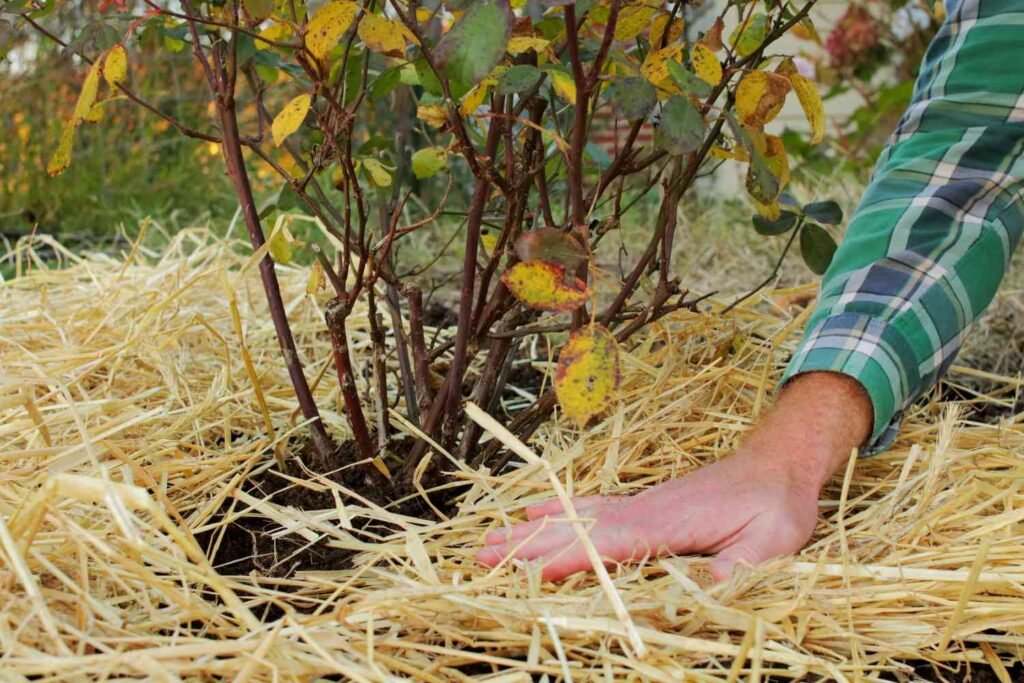
Tender plants require extra attention during winter:
- Citrus Trees: Move indoors; provide bright light and maintain moderate humidity.
- Herbs: Overwinter indoors; keep soil slightly moist and trim lightly.
- Tropical Ornamentals: Protect from frost; reduce watering but do not let soil dry completely.
Tip: Use grow lights for indoor tropical plants to compensate for shorter days and reduced sunlight.
Step 9: Monitoring During Winter
Even winterized plants need periodic checks:
- Inspect for Pests: Indoor environments can harbor aphids or spider mites.
- Check Soil Moisture: Avoid both drying out and waterlogging.
- Adjust Temperature: Move plants if indoor areas become too warm or cold.
Tip: Rotate plants occasionally to ensure even light exposure and prevent leaning or etiolation.
Environmental and Practical Benefits
Winterizing container plants offers both practical and environmental advantages:
- Longevity of Plants: Proper care ensures perennial plants survive and thrive for multiple seasons.
- Reduced Waste: Healthy container plants reduce the need for replacement each spring.
- Efficient Water Use: Controlled watering in winter minimizes waste.
- Aesthetic Continuity: Maintains vibrant foliage or evergreen interest in winter gardens.
By winterizing effectively, gardeners can enjoy healthy, resilient plants that contribute to seasonal beauty and productivity year-round.
Final Thoughts
Container plants face unique challenges during the cold months, but with thoughtful preparation and care, they can survive winter and return healthy in spring. Steps such as assessing plant hardiness, proper watering, insulating containers, pruning, moving plants to protected areas, grouping containers, mulching, and monitoring throughout the season are essential for successful winterization.
From hardy evergreens to tender tropical plants, winterizing ensures that your investment in container gardening continues to pay off, providing beauty, productivity, and enjoyment for years to come. By following these strategies, gardeners can safeguard their plants against frost, freezing, and environmental stress, creating resilient and vibrant container gardens that thrive long after the first snowfall.
